Home>Garden Essentials>Garden Storage>How To Choose A Wardrobe Color Palette
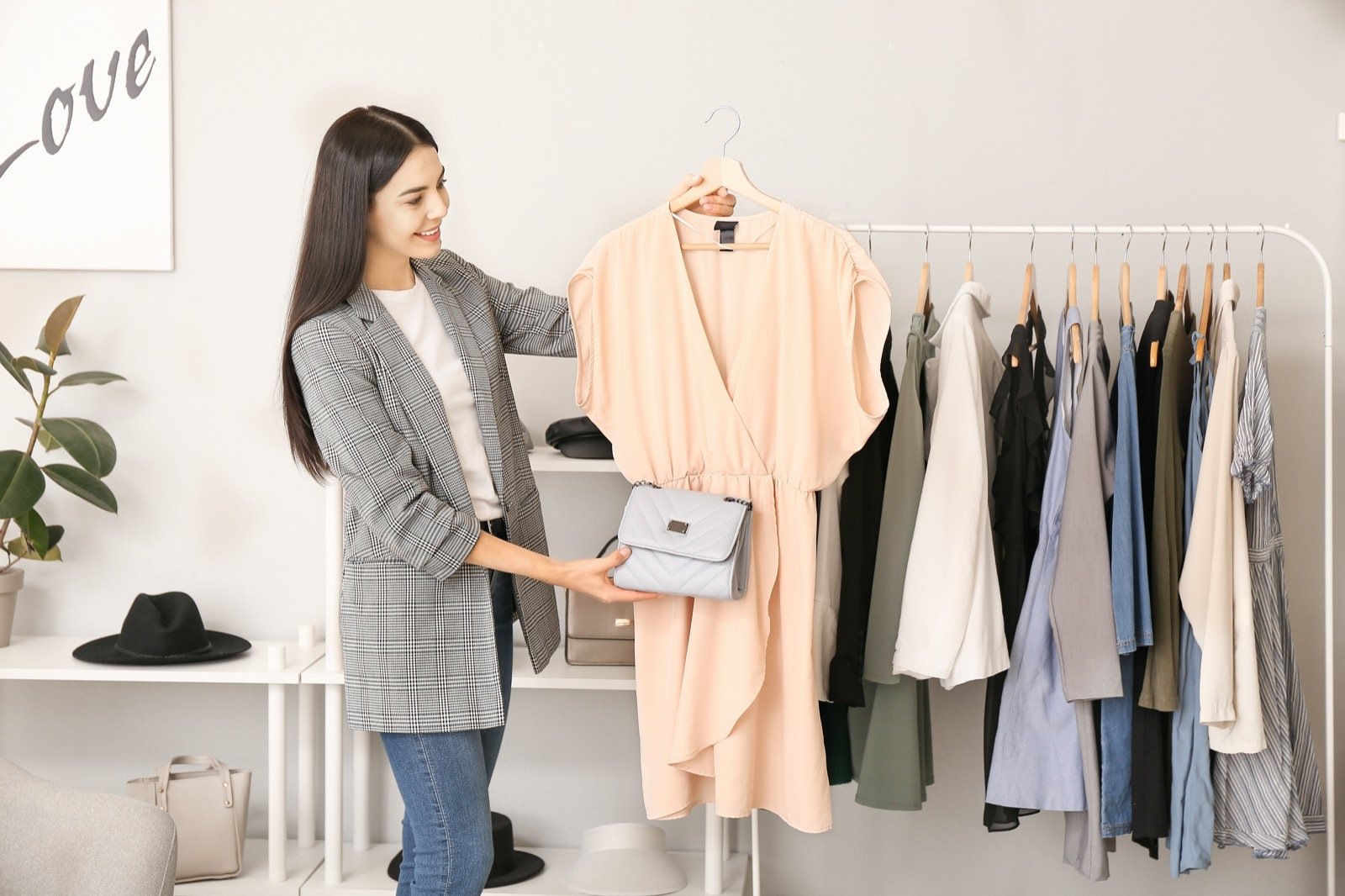

Garden Storage
How To Choose A Wardrobe Color Palette
Modified: January 5, 2024
Learn how to choose the perfect wardrobe color palette for your storage needs and create a stylish and organized space.
(Many of the links in this article redirect to a specific reviewed product. Your purchase of these products through affiliate links helps to generate commission for Storables.com, at no extra cost. Learn more)
Introduction
Choosing a wardrobe color palette may seem like a simple task, but it can greatly impact your overall style and confidence. The colors you wear can complement your skin tone, highlight your best features, and even influence your mood. With so many options to choose from, it’s important to carefully consider the colors that will best suit your personal style and individuality.
When you create a harmonious wardrobe color palette, you’ll find it easier to mix and match pieces, create cohesive outfits, and showcase your unique personality. In this article, we’ll guide you through the process of selecting the perfect color palette for your wardrobe, taking into account your skin tone, color theory, and seasonal considerations. We’ll also provide some tips for maintaining and updating your color palette as your style evolves.
By the end of this article, you’ll have a clear understanding of how to choose a wardrobe color palette that not only enhances your appearance but also boosts your confidence in any setting.
Key Takeaways:
- Understanding your skin tone and selecting colors that harmonize with it will ensure that your wardrobe enhances your natural beauty and leaves you feeling confident and stylish.
- Regularly assessing and updating your color palette, keeping up with fashion trends, and experimenting with new colors will keep your wardrobe fresh and aligned with your evolving style.
Importance of Choosing the Right Wardrobe Color Palette
Choosing the right wardrobe color palette is crucial for several reasons. First and foremost, it can enhance your personal style and create a cohesive look. When your clothing colors work together harmoniously, you will appear more put-together and polished. This can boost your confidence and leave a lasting impression on others.
Furthermore, selecting the right colors for your wardrobe can have a dramatic impact on how you are perceived by others. Colors can convey various messages and emotions, so it’s important to choose shades that align with the image you want to portray. For example, wearing bold and vibrant colors can signal confidence and assertiveness, while softer hues can give off a more approachable and friendly vibe.
In addition, your choice of colors can greatly affect how your skin tone looks. The right colors can make your complexion glow and bring out your natural beauty, while the wrong colors can make you appear washed-out or dull. By understanding your skin tone and choosing colors that complement it, you can instantly enhance your overall appearance.
Lastly, having a well-thought-out wardrobe color palette can simplify your daily dressing routine. When your clothes all work together in terms of color, it becomes easier to mix and match pieces to create a variety of outfits. This not only saves you time and effort but also ensures that you always look stylish and put-together without much effort.
Overall, choosing the right wardrobe color palette is essential for expressing your personal style, making a positive impression, enhancing your natural features, and simplifying your daily dressing routine. It’s an investment that can significantly impact how you feel and how others perceive you.
Assessing Your Skin Tone
Before diving into the process of selecting your wardrobe color palette, it’s important to first assess your skin tone. Understanding your skin undertone will help you determine which colors will complement your complexion and make you look radiant.
There are three main categories of skin undertones: warm, cool, and neutral. To determine your undertone, you can try the following methods:
- Vein Test: Look at the veins on the inside of your wrist. If they appear green, you likely have a warm undertone. If they appear blue or purplish, you likely have a cool undertone. If you can’t determine a specific color, you may have a neutral undertone.
- Jewelry Test: Consider whether gold or silver jewelry looks better on your skin. If gold enhances your complexion, you likely have a warm undertone. If silver looks more flattering, you likely have a cool undertone. If both metals suit you equally well, you may have a neutral undertone.
- Sun Reaction: Observe how your skin reacts to sun exposure. If you tend to tan easily and rarely burn, you likely have a warm undertone. If you burn easily and struggle to tan, you likely have a cool undertone.
Once you have determined your undertone, you can choose colors that complement it. Here are some guidelines:
- Warm Undertones: If you have a warm undertone, opt for colors that have a warm and golden undertone as well. Earthy tones like warm browns, oranges, yellows, and olive greens will look flattering on you.
- Cool Undertones: If you have a cool undertone, choose colors with cool undertones as well. Shades such as blues, purples, pinks, and jewel tones will suit you best.
- Neutral Undertones: If you have a neutral undertone, consider yourself lucky, as you can pull off a wide range of colors. Neutrals, such as blacks, whites, grays, and creams, as well as some warmer and cooler tones, will complement your skin beautifully.
Remember, these are general guidelines, and personal preferences play a significant role in choosing colors for your wardrobe. Experimenting with different shades and observing how they make you feel and look is key.
Understanding your skin tone and selecting colors that harmonize with it will ensure that your wardrobe enhances your natural beauty and leaves you feeling confident and stylish.
Understanding Color Theory
Color theory is the foundation of selecting colors that work harmoniously together. By familiarizing yourself with the principles of color theory, you can make informed decisions when creating your wardrobe color palette.
There are three primary aspects of color theory: the color wheel, color harmony, and color psychology.
The color wheel is a visual representation of colors arranged in a circular format. It consists of primary colors (red, blue, yellow), secondary colors (orange, green, purple), and tertiary colors (a mix of primary and secondary colors). The color wheel helps you understand the relationships between colors and how they interact with each other.
Color harmony refers to the combination of colors that are visually pleasing. There are various color harmonies to consider:
- Analogous Harmony: This involves using colors that are adjacent to each other on the color wheel. For example, combining shades of blue, blue-green, and green.
- Complementary Harmony: This involves pairing colors that are opposite each other on the color wheel. For example, combining blue and orange or purple and yellow.
- Monochromatic Harmony: This involves using different shades and tints of a single color. For example, combining light blue, medium blue, and dark blue.
- Triadic Harmony: This involves selecting three colors that are evenly spaced on the color wheel. For example, combining yellow, blue, and red.
Color psychology explores how different colors can evoke specific emotions and moods. For example, warm tones such as red and orange can create feelings of energy and excitement, while cool tones like blue and green can evoke a sense of calmness and relaxation.
When choosing colors for your wardrobe, consider the occasion, the mood you want to convey, and the message you want to send. For professional settings, neutral and muted colors are often a safe choice, while vibrant and bold colors can add a playful touch to casual outfits.
Keep in mind that personal preferences and individual style play a significant role in color selection. Don’t hesitate to experiment with different color combinations and trust your instincts when building your wardrobe color palette.
By understanding color theory, you can confidently select colors that work harmoniously together and create visually appealing outfits that reflect your unique personality and style.
Selecting the Base Colors
When building a wardrobe color palette, it’s important to start with a few base colors that will serve as the foundation for your outfits. These base colors will be the most prominent and versatile shades in your wardrobe, forming the backbone of your style.
Here are some factors to consider when selecting your base colors:
- Neutrals: Neutrals are timeless and versatile shades that can be easily paired with other colors. Common neutral base colors include black, white, gray, beige, and navy. These colors serve as a blank canvas for creativity and can be dressed up or down depending on the occasion. Choose neutrals that work well with your skin tone and personal style to create a cohesive and versatile wardrobe.
- Personal Preference: Your base colors should reflect your personal taste and style. Consider the colors that make you feel confident and comfortable. If you prefer earthy tones, you might opt for base colors like olive green, camel, or chocolate brown. If you lean towards a more minimalist style, you may choose a base of black, white, and shades of gray.
- Professional and Casual Needs: Think about your lifestyle and the various settings you find yourself in. If you work in a professional environment, you may need base colors that are appropriate for business attire. If you have a more casual lifestyle, you may want base colors that are comfortable and easy to mix and match for everyday wear.
It’s important to choose base colors that work well together and complement your skin tone. Experiment with different combinations during the selection process to ensure the colors harmonize and create a cohesive look.
As a general guideline, a wardrobe with two or three base colors is often sufficient. However, there isn’t a set rule, and it ultimately depends on your personal style and preferences. Some individuals may prefer a more monochromatic palette with different shades of a single base color, while others may prefer a combination of neutrals and complementary colors.
Remember, versatility is key when selecting base colors. They should be versatile enough to mix and match with other garments, allowing you to create a variety of outfits with ease.
Once you have selected your base colors, you can move on to incorporating accent colors, which will add depth and variety to your wardrobe color palette.
Read more: How To Add Color To Your Wardrobe
Incorporating Accent Colors
While base colors form the foundation of your wardrobe, accent colors add vibrancy and interest to your outfits. These are the colors that will give your wardrobe personality and help you stand out.
When selecting accent colors, there are a few key factors to consider:
- Color Wheel: Refer back to the color wheel and consider using colors that are harmonious with your base colors. For example, if your base colors are neutrals like black and white, you can enhance your wardrobe with pops of vibrant colors like red, yellow, or turquoise.
- Seasonal Considerations: Different seasons may call for different accent colors. For example, in the spring and summer, you may want to incorporate pastel colors like light pink or mint green, while in the fall and winter, deeper hues like burgundy or forest green can add warmth to your outfits.
- Personal Style: Your accent colors should reflect your personality and style. Consider the colors that make you feel confident and express your individuality. If you have a bold and adventurous style, you might gravitate towards bright and unconventional colors like electric blue or neon yellow. If you prefer a more subtle and elegant aesthetic, you may opt for muted shades like dusty rose or sage green.
The key to incorporating accent colors is to use them strategically. Choose a few accent colors that work well with your base colors and can be easily mixed and matched. This will allow you to create eye-catching outfits while maintaining a cohesive and harmonious overall look.
One popular approach is the 80/20 rule, where 80% of your wardrobe consists of base colors and 20% consists of accent colors. This ensures that your outfits remain versatile and cohesive, while still allowing for pops of color and personality.
Remember to also consider the colors that flatter your skin tone. Certain colors can bring out the natural radiance of your complexion, while others may make you appear washed out. Feel free to experiment with different accent colors to discover which ones best enhance your appearance.
By incorporating accent colors into your wardrobe, you can add excitement and flair to your outfits, allowing your personal style to shine through.
Considerations for Different Seasons
As the seasons change, so do the colors in nature, and your wardrobe should reflect these changes to stay in tune with the seasonal vibes. Considerations for different seasons will help you create a color palette that is appropriate and harmonious throughout the year.
Here are some considerations to keep in mind for each season:
Spring:
Spring is associated with new beginnings and a burst of fresh energy. The colors commonly seen in this season include pastels like soft pinks, baby blues, mint greens, and buttery yellows. These light and airy shades evoke feelings of renewal and a sense of blossoming.
Consider incorporating these soft and delicate colors into your wardrobe during the spring months. They can be used as accent colors or as the base colors, depending on your personal style. Pair them with neutrals like white or light gray to create a refreshing and gentle look.
Summer:
Summer is all about fun, warmth, and vibrant energy. The colors that dominate the summer palette include bright and bold shades like fiery oranges, vibrant yellows, electric blues, and tropical greens. These colors complement the sunny and lively atmosphere of the season.
When selecting colors for your summer wardrobe, embrace the bright and vivid hues that make you feel alive and confident. Use them as accent colors to add pops of excitement to your outfits. Pair them with neutrals to create a balanced and refreshing look.
Read more: How To Choose Quilt Colors
Fall:
Fall is a season of warmth and cozy vibes. The colors commonly associated with fall include rich earth tones like deep burgundy, burnt orange, warm browns, and golden yellows. These colors reflect the changing leaves and create a sense of comfort and warmth.
When building your fall wardrobe, incorporate these warm and earthy colors to create a cozy and inviting feel. Use them as base colors or accent colors, depending on your personal style. Pair them with neutrals or complementary shades to create depth and richness in your outfits.
Winter:
Winter is a season of tranquility and elegance. The colors that dominate winter palettes include cool neutrals like crisp whites, icy grays, and deep blacks. These colors evoke a sense of simplicity and sophistication.
When selecting colors for your winter wardrobe, embrace the simplicity of cool neutrals. Use them as base colors to create sleek and chic looks. You can also incorporate deeper and darker shades like navy blue or charcoal gray for added depth and drama. Experiment with metallic accents like silver or gold to add a touch of glamour to your outfits.
By considering the colors associated with each season, you can align your wardrobe with the ever-changing nature and create a color palette that is in tune with the current season.
When choosing a wardrobe color palette, consider your skin tone, hair color, and personal style. Stick to a few key colors that complement each other and can be mixed and matched easily.
Tips for Creating a Versatile Wardrobe
Creating a versatile wardrobe is essential for maximizing your clothing options and getting the most out of your pieces. Here are some tips to help you create a wardrobe that works for different occasions and can easily adapt to your changing style:
- Invest in Classic Basics: Start by investing in classic basics that never go out of style. These timeless pieces, such as a white button-down shirt, a tailored blazer, and a little black dress, can be dressed up or down and serve as a foundation for numerous outfits.
- Choose Neutral Base Colors: Select neutral base colors for your wardrobe, such as black, white, gray, and beige. Neutrals are versatile and can be easily mixed and matched with other colors, allowing you to create a variety of outfits without much effort.
- Opt for Versatile Patterns and Textures: When choosing patterns and textures, opt for those that can be easily paired with different colors and styles. For example, stripes, polka dots, and houndstooth are classic patterns that work well in various combinations.
- Layering is Key: Layering is not only stylish but also allows you to create multiple looks with the same pieces. Invest in cardigans, blazers, vests, and scarves that can be layered over your basic tops and dresses to add depth and versatility to your outfits.
- Mix High and Low-End Pieces: Don’t be afraid to mix high-end designer pieces with budget-friendly items. This allows you to get the best of both worlds and create a unique and eclectic style.
- Accessorize Wisely: Accessories can completely transform an outfit, so invest in a variety of accessories like belts, statement jewelry, scarves, and handbags. These small additions can make a big impact and help you create different looks with the same clothing pieces.
- Focus on Fit: Make sure that all your clothing items fit well and flatter your body shape. Tailoring your clothes can make a significant difference in how they look and feel, allowing you to wear them with confidence.
- Experiment and Have Fun: Don’t be afraid to step out of your comfort zone and experiment with different styles, colors, and combinations. Fashion is meant to be fun and expressive, so embrace your individuality and let your personality shine through your wardrobe choices.
Remember, versatility is key when creating a wardrobe. By choosing classic pieces, neutral colors, and mixable patterns and textures, you can create a wardrobe that offers endless possibilities for various occasions and personal preferences.
Maintaining and Updating Your Color Palette
While creating a color palette is an important step in building a wardrobe, it’s equally important to maintain and update it as your style evolves. Here are some tips to help you keep your color palette fresh and aligned with your personal preferences:
- Regular Closet Assessment: Conduct regular assessments of your wardrobe to identify which colors you wear most frequently and which ones have been neglected. This will give you a good idea of the colors that resonate with your personal style and those that may need to be replaced or updated.
- Keep Up with Fashion Trends: Stay informed about current fashion trends. This doesn’t mean you have to completely overhaul your wardrobe each season, but being aware of emerging colors and styles can help you make informed decisions when updating your color palette.
- Experiment with New Colors: Don’t be afraid to expand your color palette and experiment with new shades. When trying out new colors, start by incorporating them as accent colors to gauge how well they work with your existing wardrobe. Gradually, you can introduce them as base colors if they align with your personal style.
- Consider the Changing Season: As the seasons change, your color palette may need some adjustments. Pay attention to the colors in nature during different times of the year and use them as inspiration for refreshing your wardrobe. Add seasonal accent colors or replace outdated hues to stay in tune with the current season.
- Consult Color Professionals: If you feel overwhelmed or unsure about maintaining and updating your color palette, consider consulting with color professionals such as stylists or image consultants. They can provide guidance and help you make informed decisions based on your skin tone, personal style, and lifestyle.
- Rotate and Repurpose: To maximize the versatility of your color palette, rotate your clothing items regularly, and find new ways to wear them. Mix and match different pieces to create fresh combinations and repurpose clothing items for different occasions.
- Take Note of Feedback: Pay attention to compliments and feedback you receive when wearing certain colors. If certain shades consistently receive positive feedback, it’s a good indicator that they suit you well and should be included in your color palette.
Remember, your color palette should be a reflection of your personal style and make you feel confident and comfortable. It’s not about following strict rules, but rather about exploring and evolving your style over time.
Maintaining and updating your color palette periodically will help ensure that your wardrobe remains current, versatile, and aligned with your ever-changing style preferences.
Read more: How To Choose A Tablecloth Color
Conclusion
Choosing the right wardrobe color palette is a powerful tool for expressing your personal style, enhancing your appearance, and boosting your confidence. By understanding your skin tone, exploring color theory, and carefully selecting base colors and accent colors, you can create a wardrobe that is versatile, harmonious, and representative of your unique personality.
Remember, assessing your skin tone is the first step in determining which colors will complement your complexion and make you radiate with confidence. Understanding color theory, including the color wheel, color harmony, and color psychology, will guide you in selecting colors that work harmoniously together and convey the desired mood and message.
Selecting the right base colors is crucial for creating a strong foundation for your wardrobe. Neutrals and personal preferences play a vital role in this selection process. Incorporating accent colors strategically adds vibrancy and interest to your outfits, allowing you to experiment with different combinations and showcase your personal style.
Considering the different seasons when building your color palette ensures that your wardrobe aligns with the ever-changing nature around you. Spring, summer, fall, and winter each have their distinct color palettes that can enhance the mood and create a cohesive look.
Creating a versatile wardrobe involves investing in classic basics, choosing neutral base colors, opting for versatile patterns and textures, and mastering the art of layering and accessorizing. Regularly assessing and updating your color palette, keeping up with fashion trends, and experimenting with new colors will keep your wardrobe fresh and aligned with your evolving style.
In conclusion, choosing the right wardrobe color palette is a dynamic process that requires careful consideration, self-expression, and adaptability. With a well-curated color palette, your wardrobe will become a reflection of your unique identity, allowing you to confidently express your personal style in any setting.
Frequently Asked Questions about How To Choose A Wardrobe Color Palette
Was this page helpful?
At Storables.com, we guarantee accurate and reliable information. Our content, validated by Expert Board Contributors, is crafted following stringent Editorial Policies. We're committed to providing you with well-researched, expert-backed insights for all your informational needs.
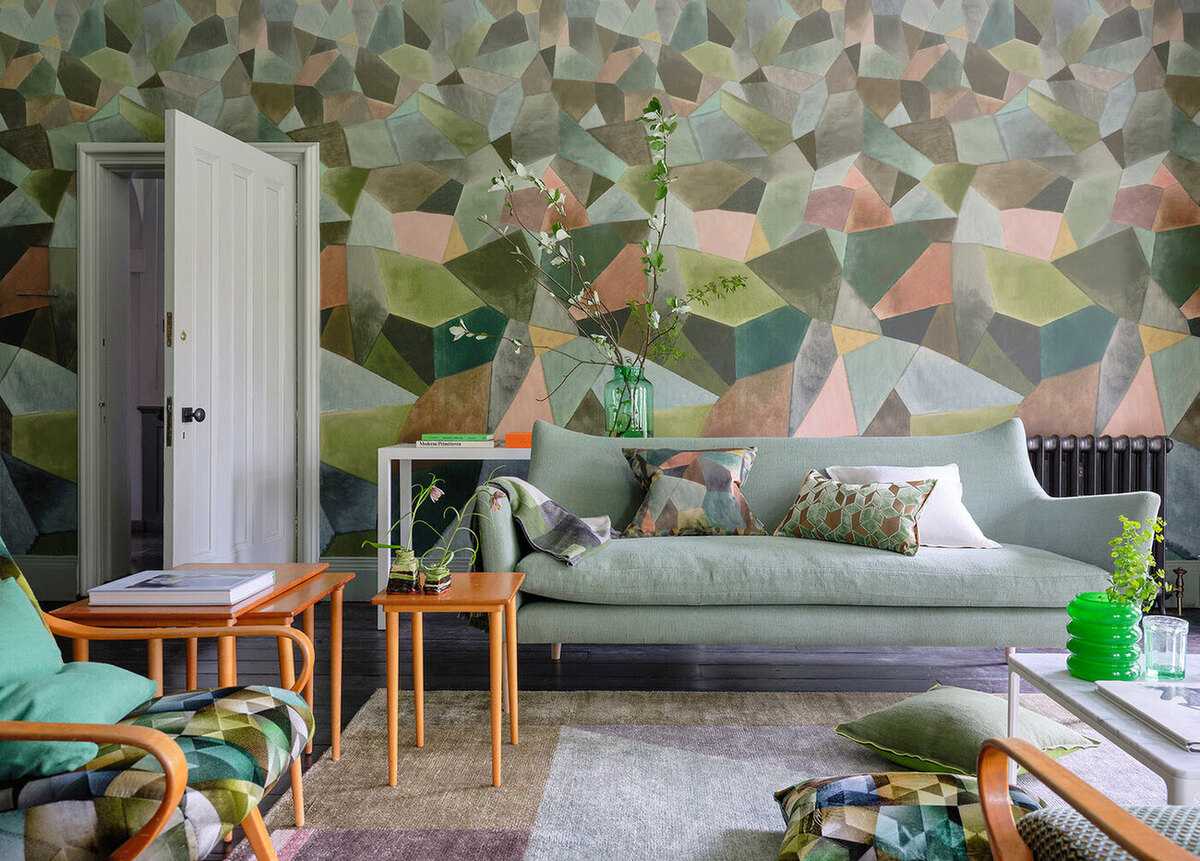

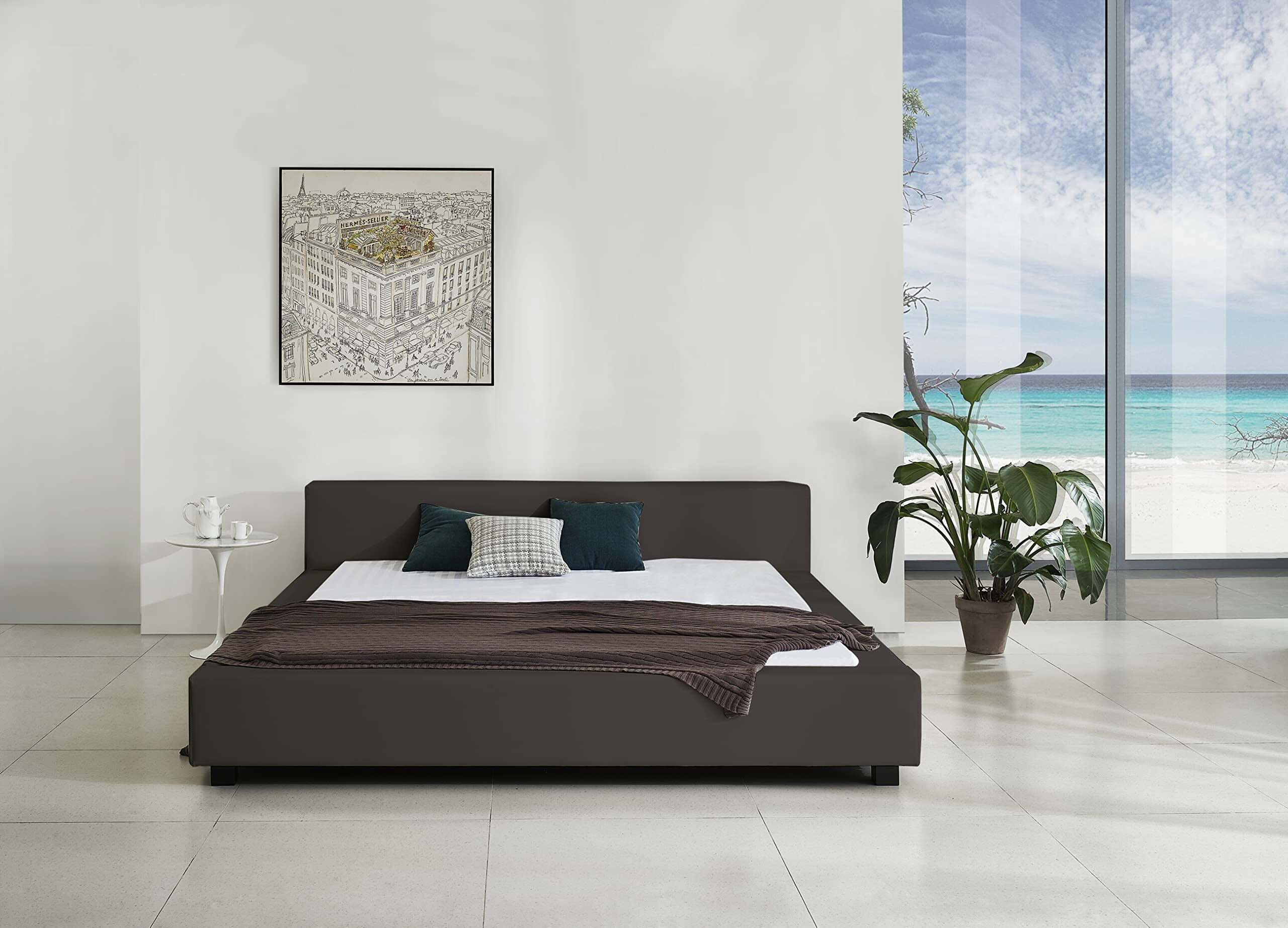
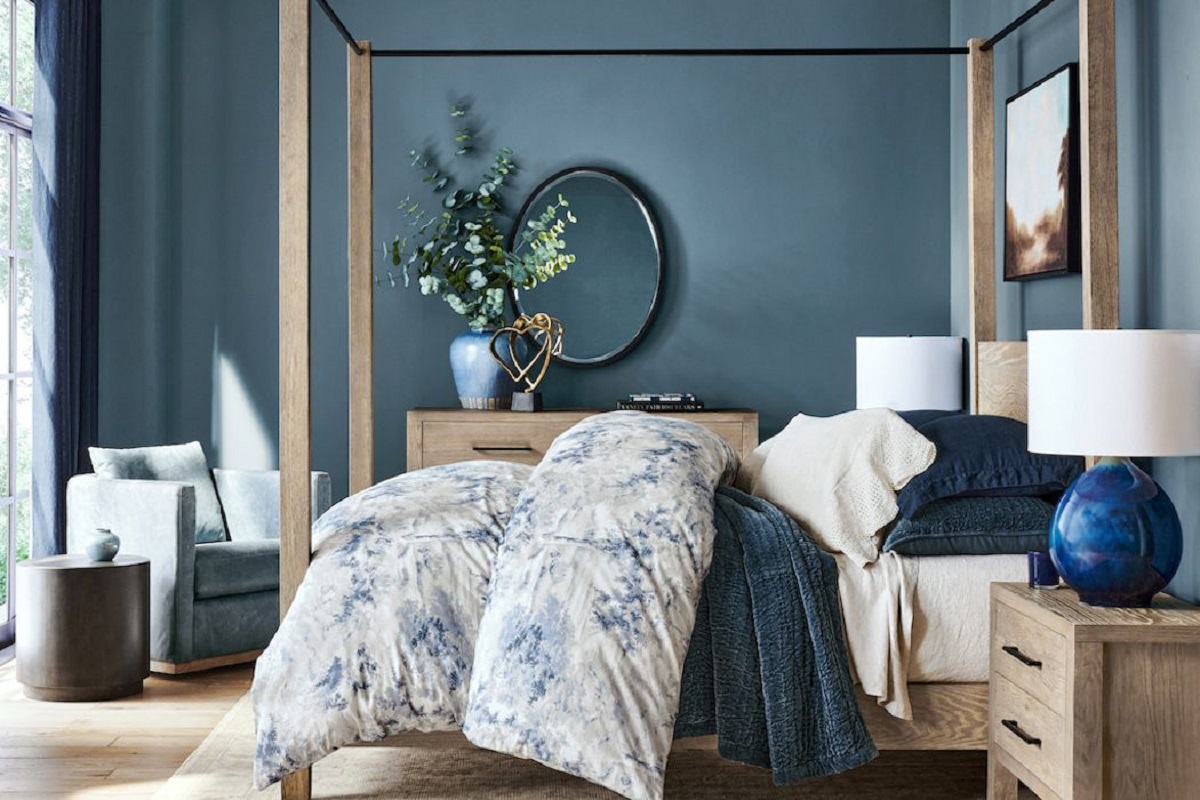
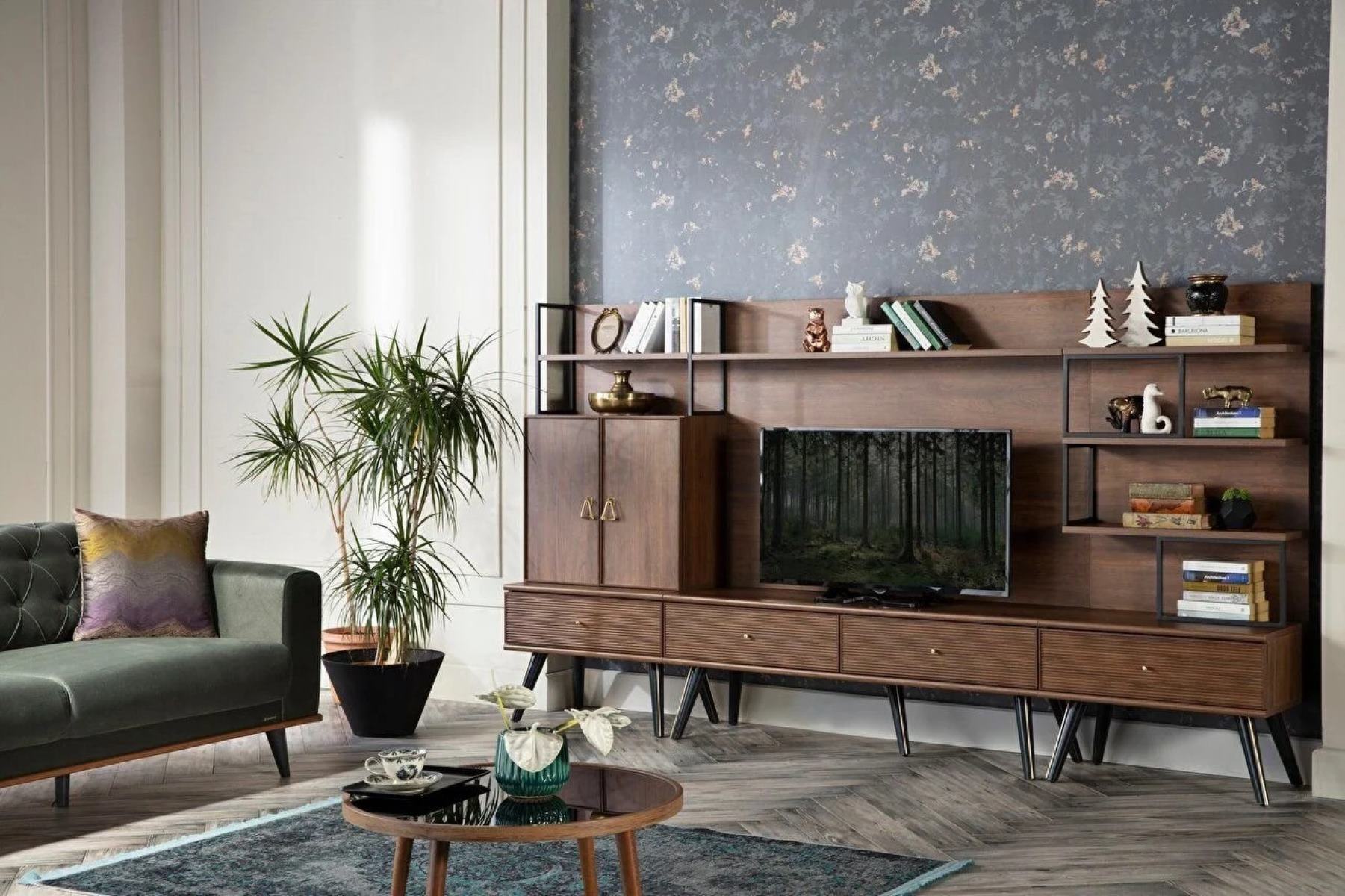


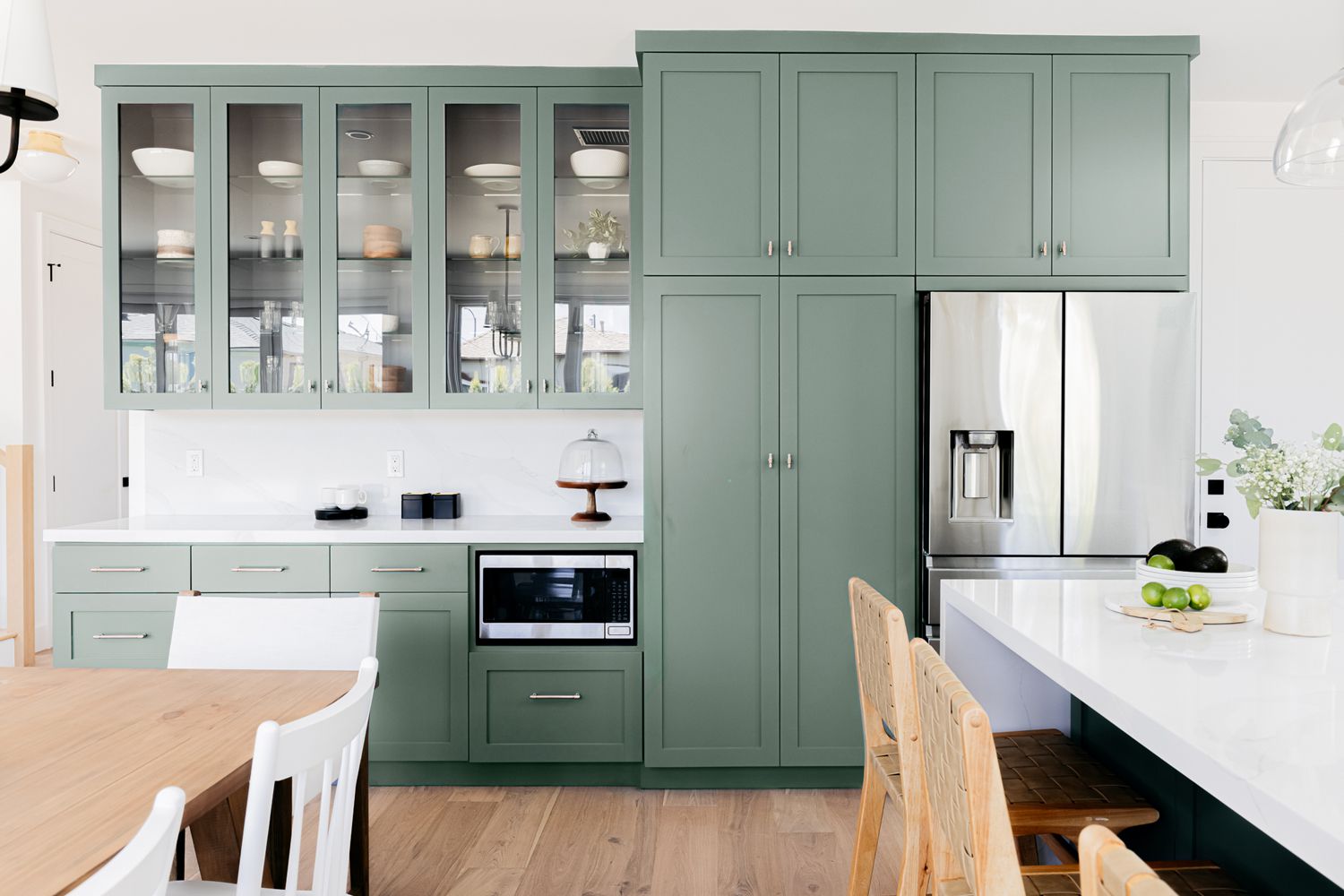
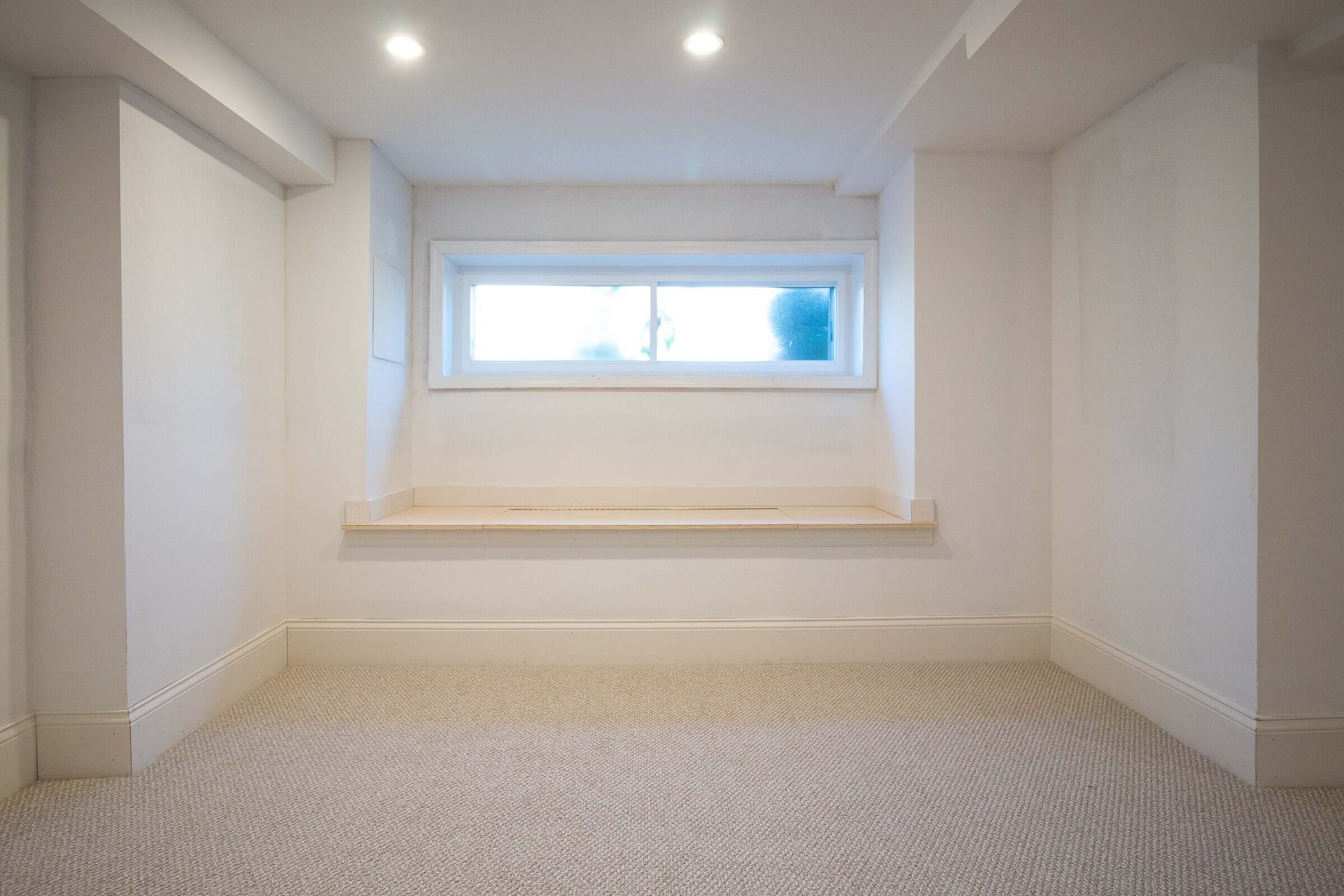
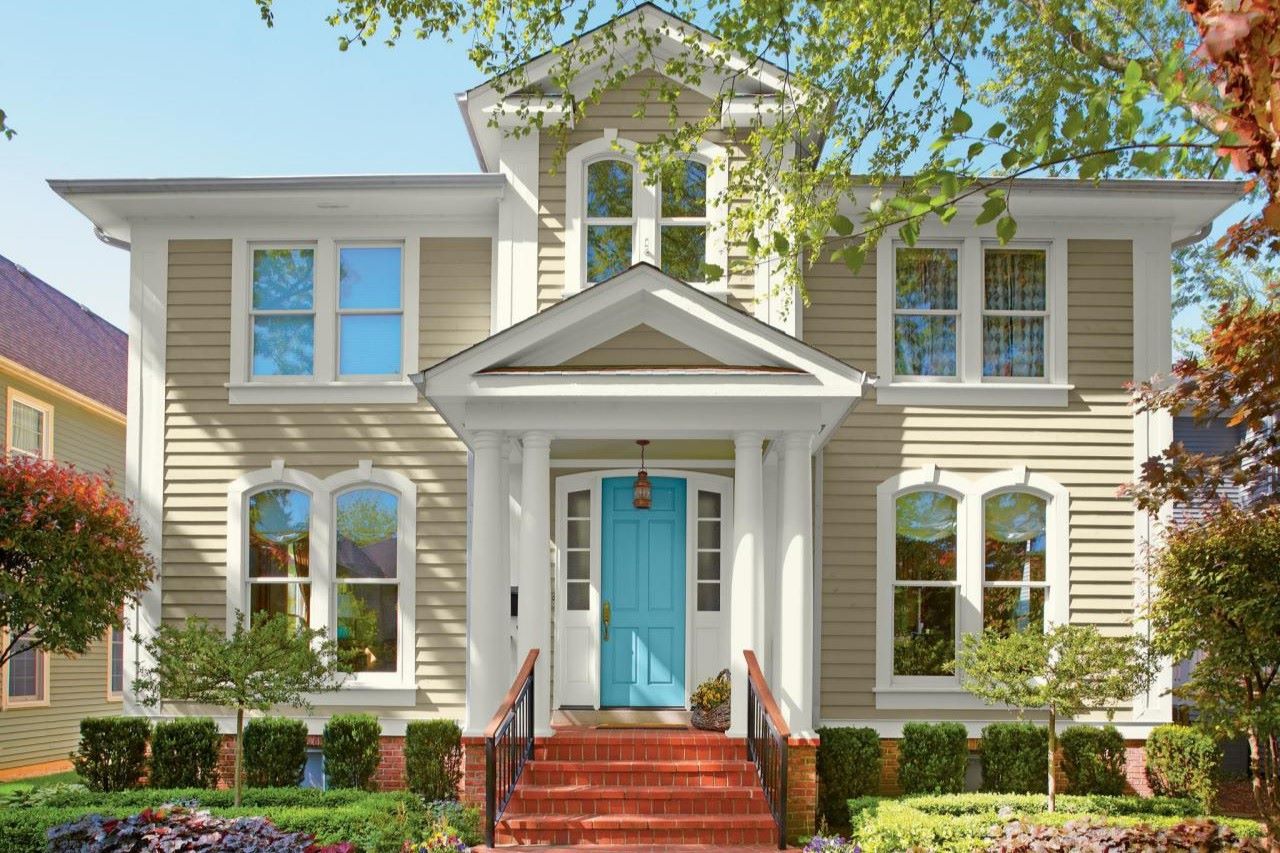
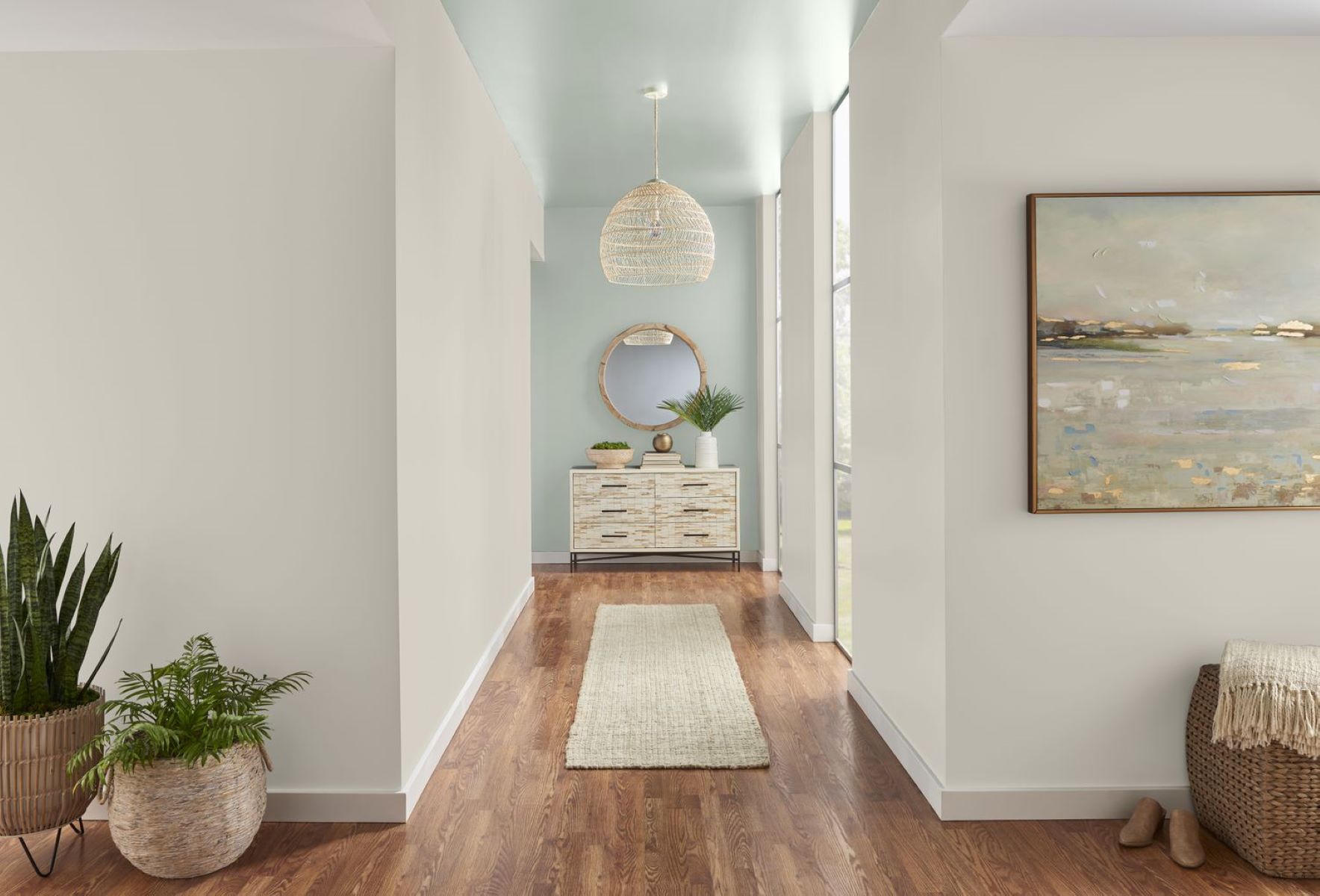
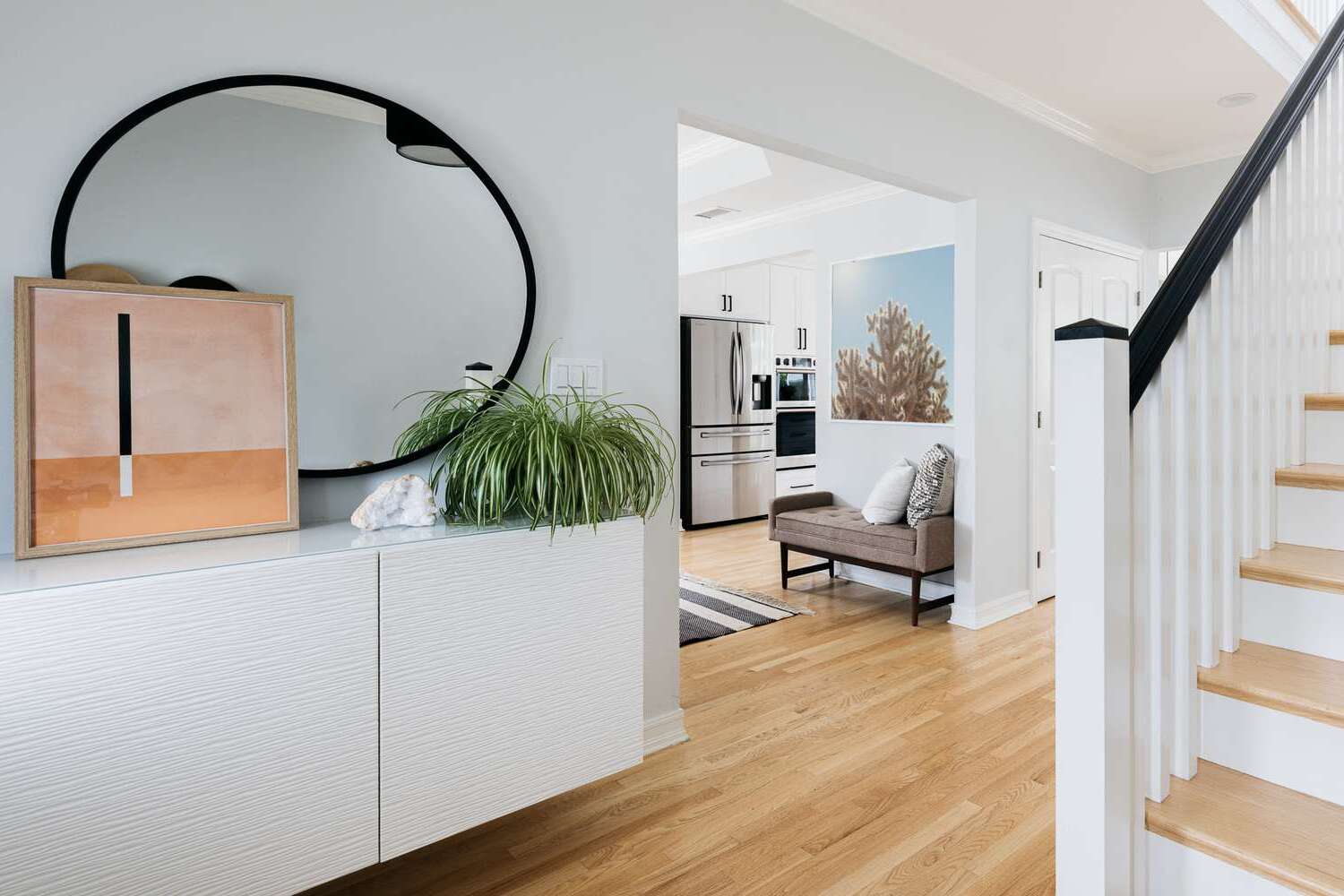

0 thoughts on “How To Choose A Wardrobe Color Palette”